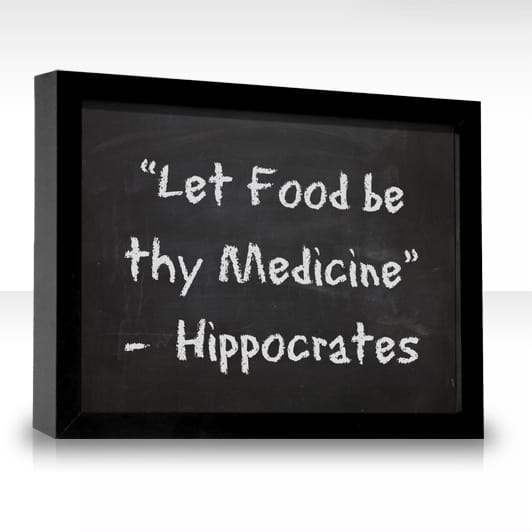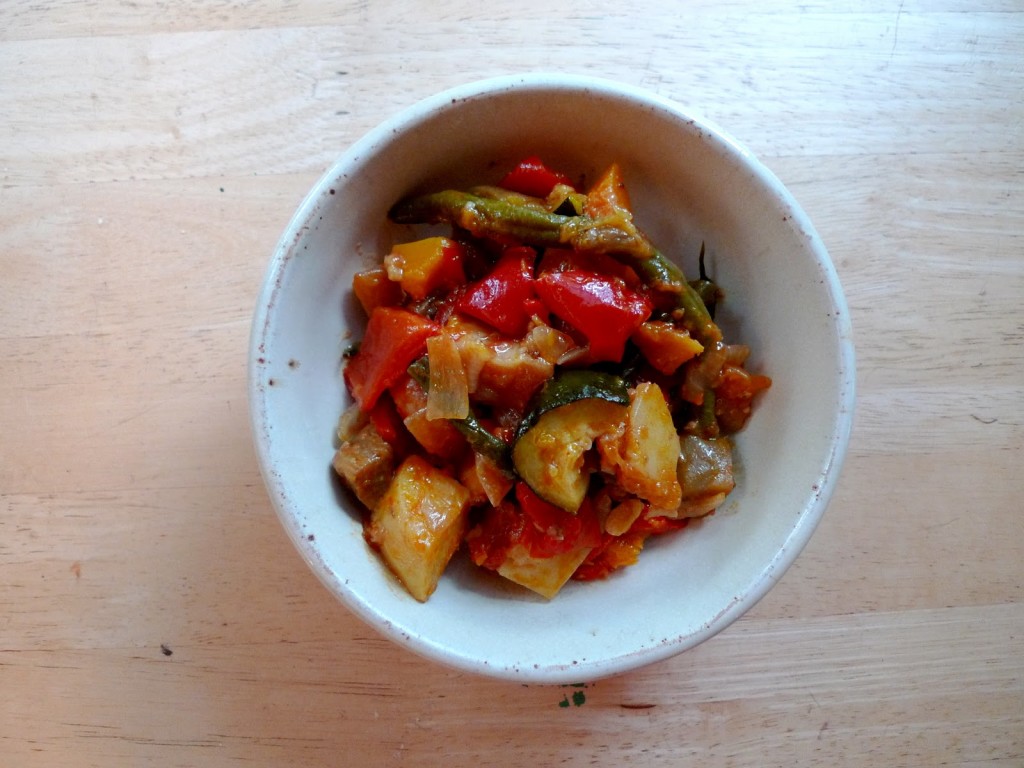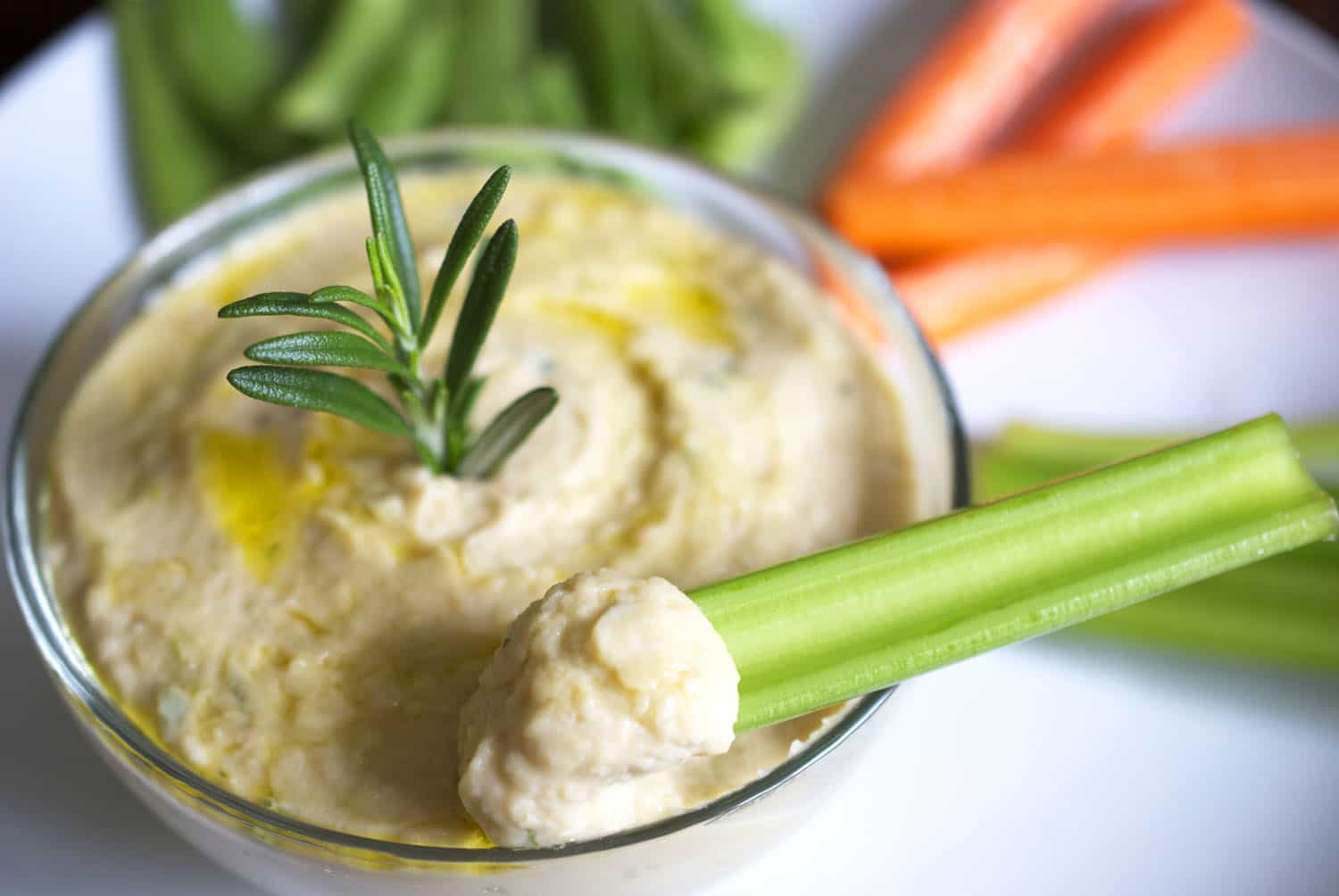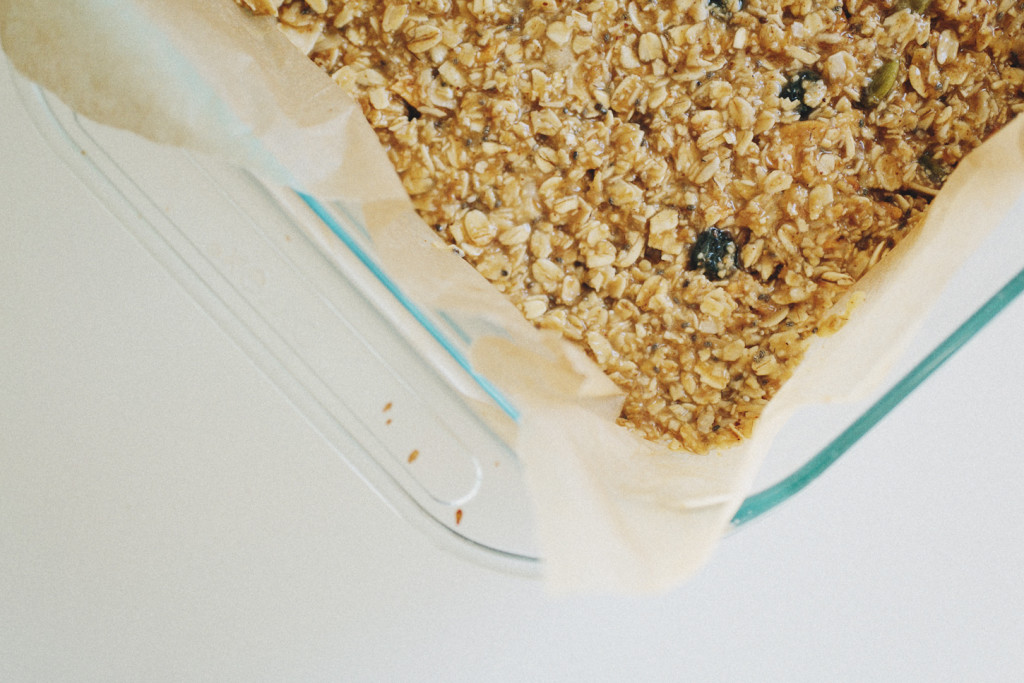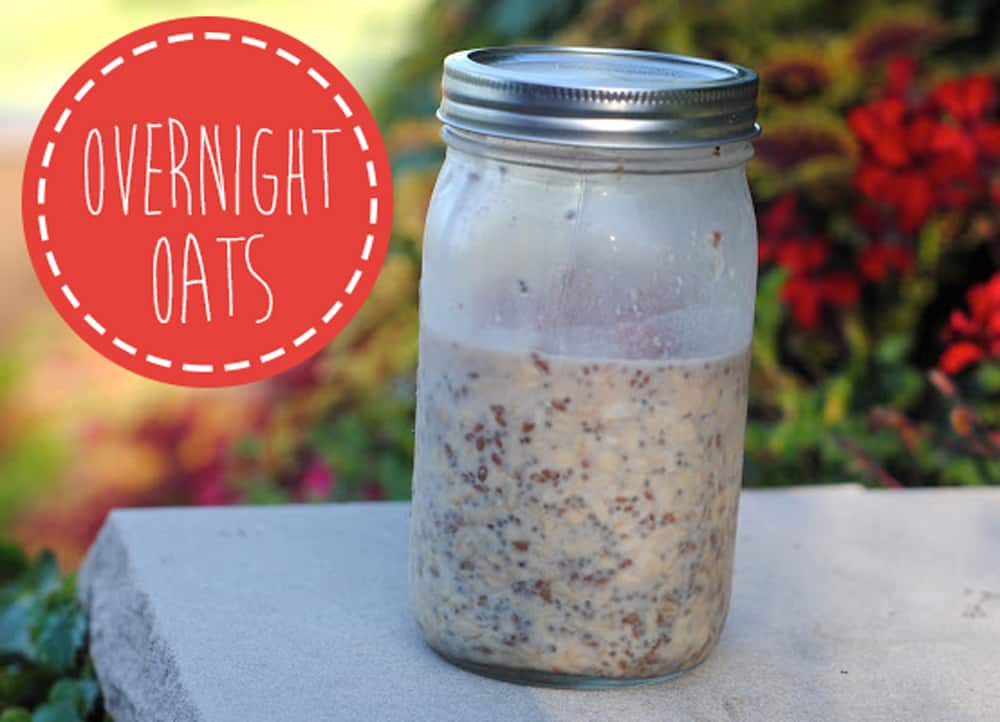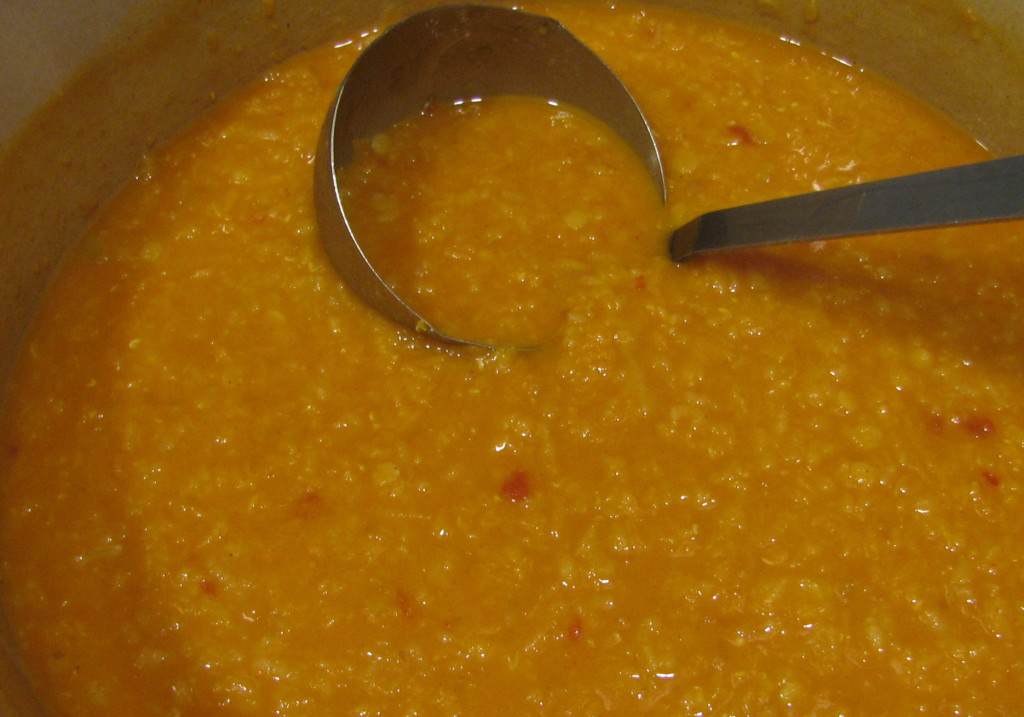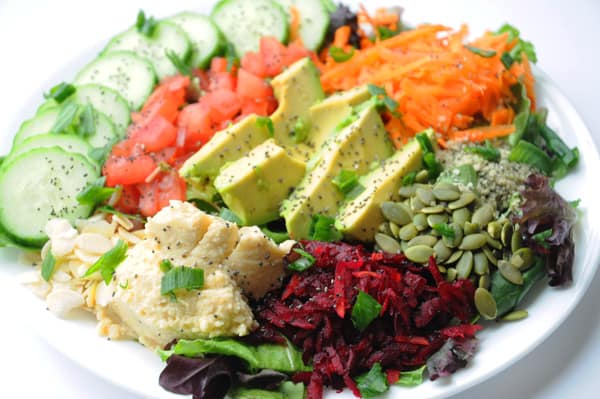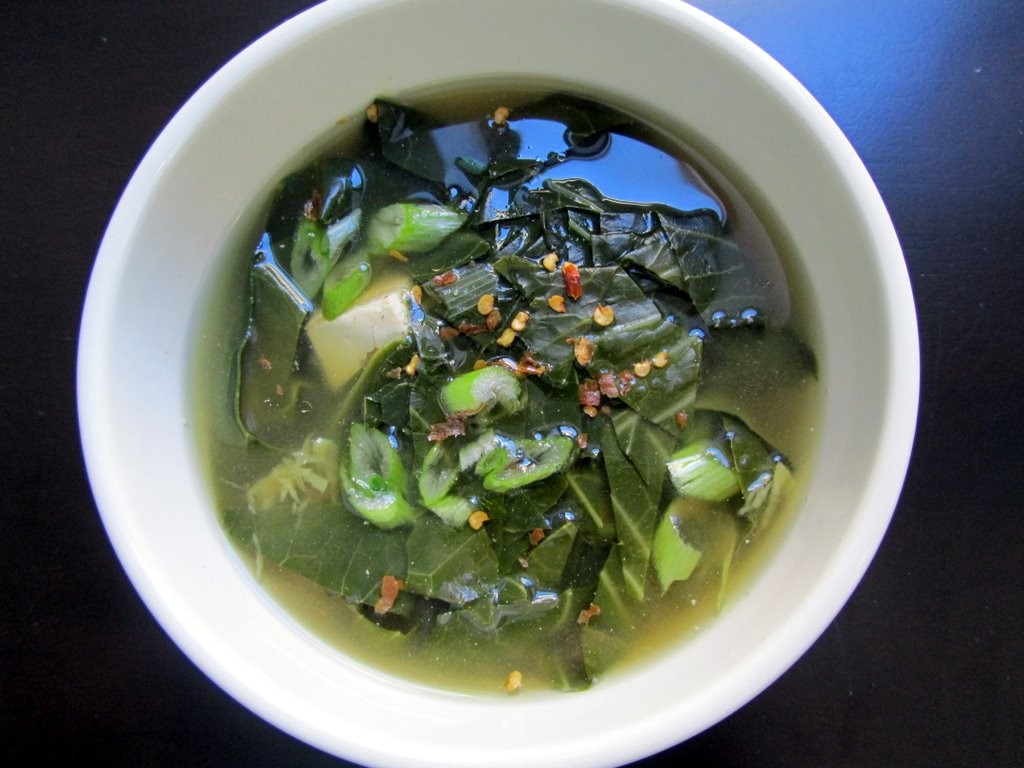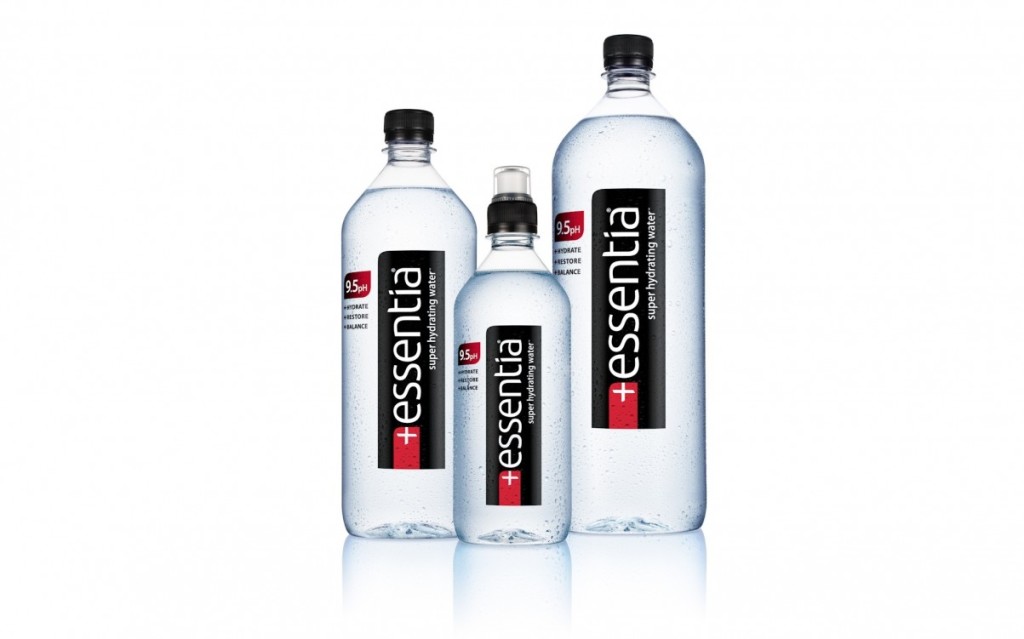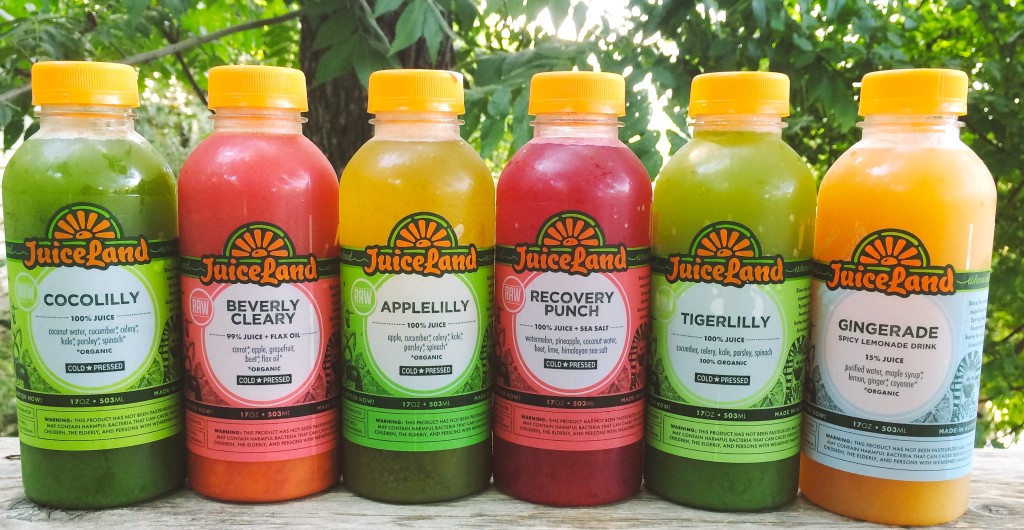Last week I kicked off a new series about taking steps toward a plant based diet one meal at a time. In my first post, Changing Your Plate: Part I, I shared the news that so many of my client families are making headway in shifting what goes on their plates one meal at a time. Over the next few weeks I will be featuring a few of these families and sharing the tips they have gleaned to make the changes sustainable.
I suggest a cleansing meal of raw whole fruit to my clients to start their day. This first mini-meal of the day should be a kick-start, not a slow down, for the elimination system that has laid at rest all night. We want fresh, raw, whole alkalizing foods to be the first on an empty stomach in order to wake up the lymphatic system, digest quickly, and promote morning elimination. The best foods to fit that description are these raw fruits: Apples, Berries, Citrus, Grapes, Mangoes, Melons and Pears. These can be eaten as whole foods, blended into a smoothie, or juiced. Individuals who are in a very acidic state will do best starting slow with a piece or two of raw fruit instead of a juice or smoothie. This meal can be extended to become your breakfast or be eaten atleast 15 minutes prior to what you normally consume.
Supporting the body with Gemmotherapy extracts when beginning to make dietary change is important since the consumption of raw fruits and vegetables in the morning calls on organs that have likely not been performing optimally. The Gemmotherapy extracts gently support those organs, relieving any additional stress.
Let’s take a look at how one family integrated this change to their breakfast as a team.
Meet the Thornton family. Rob and Susanna both worked full time as career educators until Lily Kai joined their family 17 months ago. Rob now serves as the Athletic Director for Elgin School district and Susanna, a newly licensed professional counselor, is substituting three days a week to allow for time home with Lily Kai.
Throughout her pregnancy Susanna was vigilant about her own diet, but as a couple they had not embraced any changes.
When Lily Kai came along and their routines and world changed dramatically, she resorted to old eating habits. At the start of 2016, however, the Thornton’s agreed together they wanted to make changes as a couple. They were both dissatisfied with their lack of energy in the mornings and at the end of each day as well as the extra weight they were carrying. Rob and Susanna wanted to make a change now in order to set better examples as parents.
They each came to my practice individually to talk about the first steps to take in order to make a sustainable change. What I had to say about an all fruit breakfast was not news to Susanna but it sure was to Rob Thornton! Separating Rob from his morning routine of scrambled eggs with spinach, onions, and turkey bacon plus coffee was not an easy sell. As an athlete and coach, and raised in a Hispanic household, he was more than a little skeptical about a morning fruit smoothie. In fact, the thought of sweet fruit in the morning was actually even nauseating. So we took it one small step at a time.
And now, three months later, guess who the smoothie maker in the Thornton household is today? It’s Rob who hits the kitchen at 5:30 AM while Susanna tends to Lily Kia.
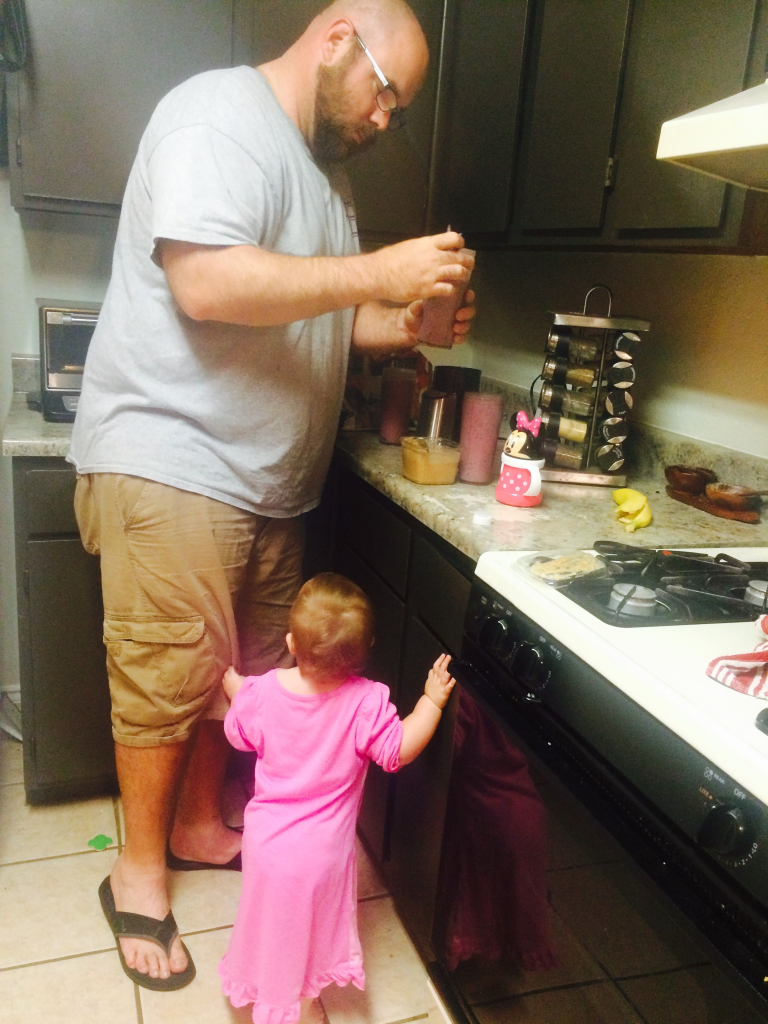
“We’ve been on the breakfast smoothie plan 100% since January. For us to be successful it is a big deal to have enough product on hand. They have to be easy to make or we will fall back into our old patterns.”
The Thorntons keep a seven day supply of chopped fruit in the freezer and buy the organic Central Market brand. Because of their early start each day and tight schedule, they decided to go with convenience over price. Getting this built into their routine took some dialogue and most importantly some tangible benefits.
“We stick with it because it really wakes us up. After we have our smoothie, we are alert and ready for our day. On top of that, Rob has lost over 25 pounds. The alertness really is addictive. We also found that discussing the improvements we each felt was very motivating.”
As you can see, the whole family is on board and Lily Kai knows to expect her morning smoothie in her own Mini Mouse cup!

So what advice does Susanna have for others just starting out?
“Do what you have to do to make it work. Remembering why you are doing this is so important. Now that I am a mom it has changed how I see myself. I have come to realize that I am important too. If I am not good to myself, I am not being good to my daughter.”
Read here to learn all about the first protocols I suggest for clients for opening elimination and why I recommend an all fruit breakfast.


 (Savannah age 1)
(Savannah age 1)